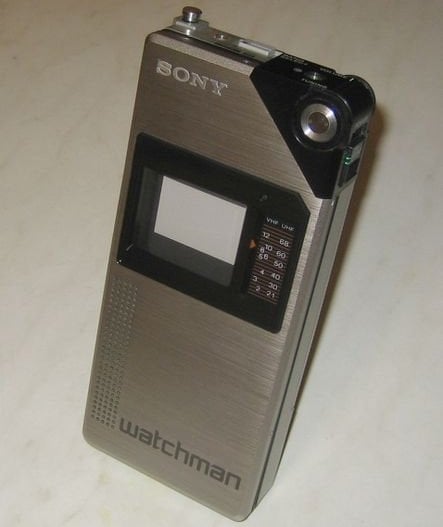Broadcast TV on Your Phone? It's a Real Thing
In fact, the whole paradigm of “TV” as we know it is changing; satellite and cable distributors are sweating it out as on demand and streaming content available on the Internet threatens their entire business models, and as big players in the pay-TV industry throw public hissy fits at each other, more and more people are considering pulling the plug.

The Sony Watchman
Despite all that, free over-the-air broadcast TV remains intact (at least for now), and it appears as though it’s hitching its wagon to the mobile technology explosion.
Samsung and MetroPCS jointly announced the latest addition to the latter’s lineup of Android LTE-equipped smartphones with the new Samsung Galaxy S Lightray 4G. The device’s specs aren’t anything extraordinary--4.3-inch display, Android 2.3 (Gingerbread), 1GHz processor, and 8MP/1.3MP front/rear-facing cameras for $459--except for the fact that the Lightray will be packing Dyle mobile TV.

The Dyle Mobile TV service delivers live, local OTA TV, and it’s a free add-on to the MetroPCS 4G service. Thus, owners of the Lightray with 4G service from MetroPCS in certain markets can whip out their phones wherever they are and watch locally broadcast TV.
It sounds awfully expensive to stream TV over 4G, but that’s just it--it’s not streaming. According to MetroPCS, the service works without consuming data, on a chunk of spectrum reserved specifically for TV.
However, that’s not the end of the story in regards to broadcast content. Samsung has been testing broadcast services over 4G LTE using evolved Multimedia Broadcast Multicast Service (eMBMS), which reportedly enables more efficient use of network resources by enabling “carriers to adjust coverage and capacity as needed”, or so says the press release. Thus, even more of the content we consume could be coming through the same pipe, so to speak, instead of from a variety of sources.
What do you think? Is this the wave of the future or just a gimmick?

